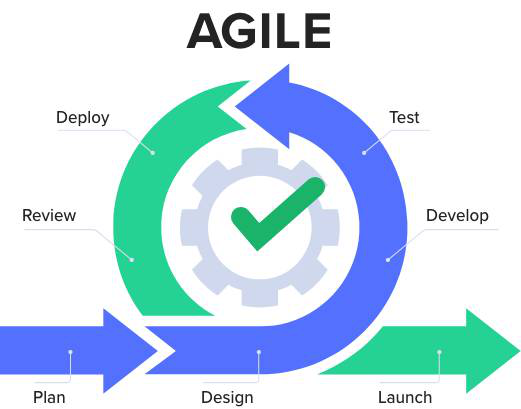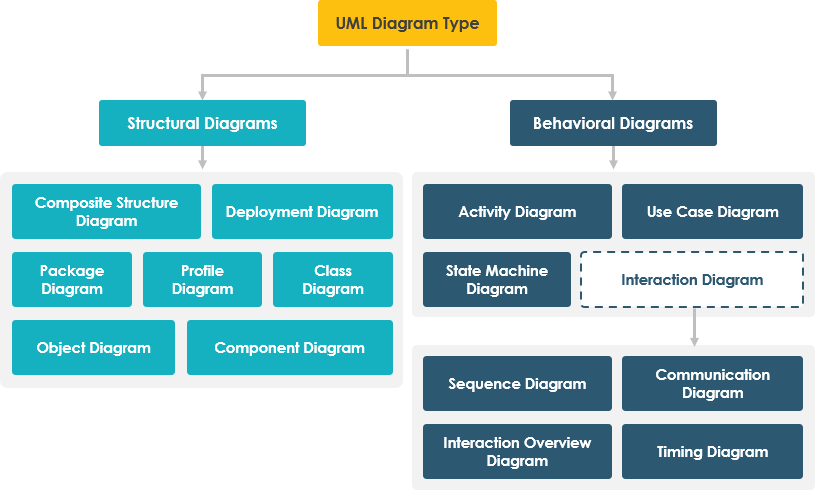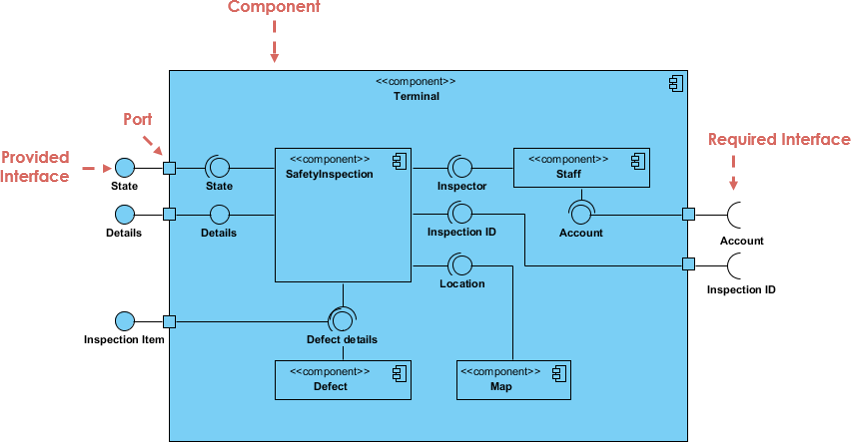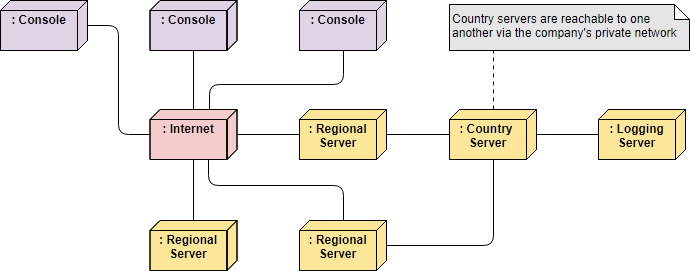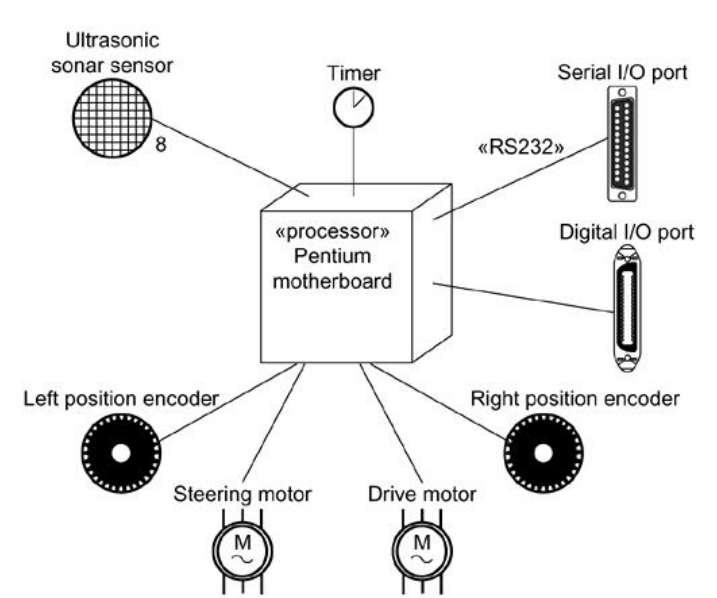Use Case vs. User Story: Key Differences and Agile Applicability
Introduction Use Case and User Story are two different techniques used in Agile software development to capture and communicate requirements, and they serve slightly different purposes. Whether one is better than the other depends on the specific needs and preferences of the Agile team and the project context. Let's explore the differences and use cases for each: Use Case: Purpose: Use cases are typically used to describe the functional requirements of a system from the perspective of an external actor (usually a user or another system). Format: They are often represented as structured…continue reading →



